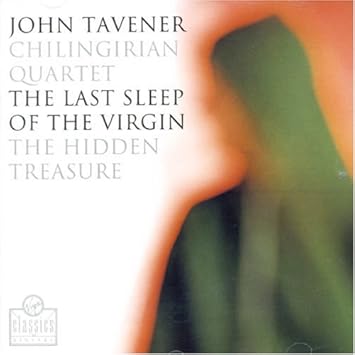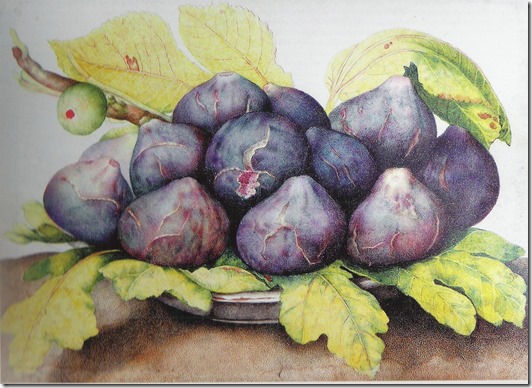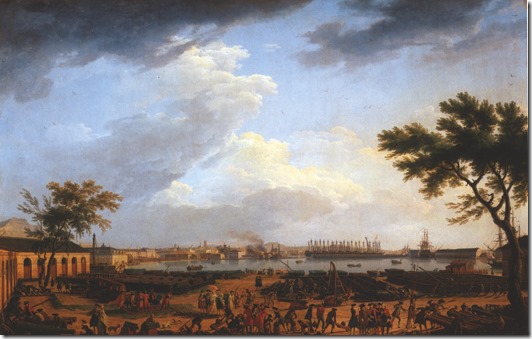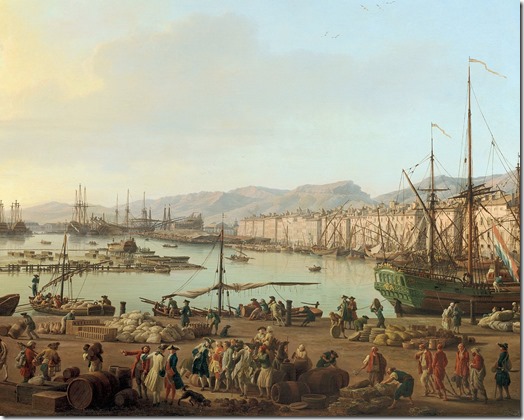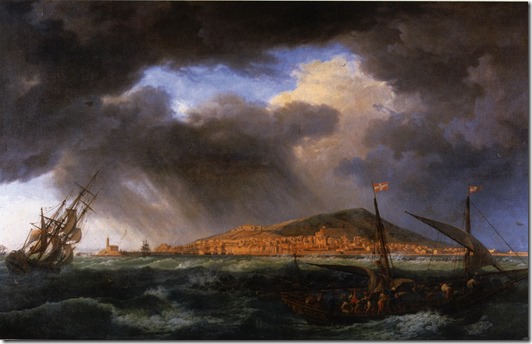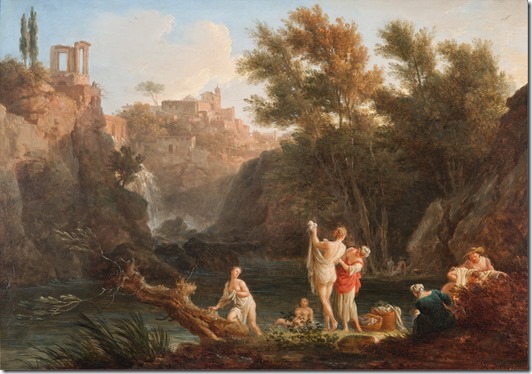About W. J. Phillips

I have not said much about the man himself. He led a very normal existence and would be the last person one would think of as being a bohemian. He was always very proper, worked as a school teacher for many years, and raised a large family by today’s standards.
Curiously, this rather sedate man decided to uproot his family in 1924, and move back to England. He took a leave of absence from St. John’s Tech, but sold his house and just about everything else. In the summer of 1924, the family summered at Muskoka (rather than the Lake of the Woods) and sailed to Great Britain in September. Phillips’ reputation as a colour woodcut artist had grown. His work had been features in The Internationl Studio in 1919. The coloour woodcut revival was mostly happening in England, so he thought he might do better back there. But the truth of the matter was that by the time Phillips got there, the colour woodcut revival was already in decline.

Rest, 1923
colour woodcut on paper (edition: 100)
19.8 x 29.5 cm
It is a familiar story that immigrants who long to go ‘back home’ discover when they get there that home is really what they left behind. For awhile, the Phillips family lived with his father, a now retired Wesleyan Methodist minister, who objected to the children walking to the village to get a Sunday paper. The children, of course, were thoroughly Canadian, and disliked England. They missed the winter, and, no doubt, the lake.
Walter and Gladys decided to return to Canada, and after another summer at Muskoka in 1925, were back in Winnipeg in September. Phillips taught another year at St. John’s tech, but by 1926, he decided that he would make his living solely as an artist. He taught privately, and began writing a weekly column on art and artists for the (now defunct) Winnipeg Tribune. He kept this column going until 1941. Throughout the 1930s, he managed to support his family through the sale of his work. There were watercolours, as always, but there were also portfolios of prints, the first of which was published in 1927.

Water Baby, 1920
watercolour on paper
42.9 x 53.4 cm
National Gallery of Canada
His family was also the subject in many of his works. One of the first of these works was Water Baby, a watercolour which exists in a couple of versions, one of which was purchased by the National Gallery of Canada. This is how Phillips described it in Wet Paint, an unpublished manuscript, probably written in about 1930:
Painted from a small study of my eldest daughter made some years ago at the Lake of the Woods one warm afternoon. She was, I remember, lazily happy in the heat, and when I was finished, she soon slipped behind the cloud reflected in the quiescent water, for she swam like a fish.
The painting was direct and transparent, completed on dry paper, and presented no special difficulties. Nor does the arrangement call for any comment save that the digure is entirely dominant, and is so placed with the panel that the divisions created are in proper relation one to the other. That aesthetic relation, whether described as artistic inequality, or dynamic symmetry, was established by the ancient Greeks, and is an application of the Golden Mean to the second dimension.
The colour is a tender and high-toned scheme of subdued blues and oranges, with an occasional intrusion of green and brown. 9

Holiday Time (Mary), 1921
colour woodcut on paper (edition: 50)
6.3 x 27.8 cm

Lake Lilies, 1921
colour woodcut on paper (edition: 50)
12.6 x 30.1 cm
During the 1920s, the children were the subject matter of many works, both in woodcut and in watercolour. In one of these works, which exists in two different states, one can also get a special glimpse into Phillips’ sensitivity to his medium.

Mary at the Lake, 1920
colour woodcut on paper (first state; edition: 50)
25.4 x 12.3 cm

Mary at the Lake, 1920
colour woodcut on paper (second state; edition unknown)
25.4 x 12.3 cm
The water in one of the states shows an effective use of the woodgrain to depict waves on the water. This had also been a favourite device of the Japanese, with their incredible sensitivity to this medium.

Summer Idyll, 1926
woodcut on paper (edition: 100)
55.4 x 30.8 cm
One of the heights in Phillips’ work in the medium is the print called Summer Idyll, based on a sketch made at the Lake of the Woods in which no less than sixteen blocks were cut to get the different colours. Once again, the wood grain is used for the lake waves. Incredibly, Phillips scrapped a first attempt at the print since he was not satisfied with the registration. His second successful addition ranks as one of his masterpieces in the colour woodcut medium.
While some have placed this 1926 work as a result of Phillips’ two summers at Muskoka of 1924 or 1925, two preliminary pencil sketches for it appear alongside a number of other sketches he drew upon for later watercolours and prints. The sketchbook however also has a preliminary drawing for a Water Baby watercolour which is dated 1920. (Glenbow Sketchbook #53, ca. 1920-22).
By contrast, the familiar print entitled John, the name of the artist’s eldest son, is a very simple affair.

The Bather, 1923
colour woodcut on paper (edition: 100)
27.7 x 18.7 cm
But perhaps the real subject is the water, a very impressive and convincing pictorial achievement.
Phillips’ wife Gladys was also the subject of a number of works, such as the work he entitled Gloaming, which exists in two versions or states.

Gloaming, 1921
colour woodcut on paper (first state; edition: 50)
24.4 x 21.1 cm

Gloaming, 1925
colour woodcut on paper (second state; edition: 50)
24.4 x 21.1 cm
The print was substantially re-worked in its 1925 state. Phillips corrected the length of the spreader bar at the beam of the canoe. The water’s edge appearing in the first state has now disappeared.

The Family at Keewatin, 1929
watercolour on paper
37.5 x 50.9 cm
The year 1929 was the last year the family summered at Keewatin. John was apprenticed at Brigden’s in Winnipeg that year, and the Depression began with the financial crisis. This was also the time that Phillips turned his attention to wood engraving. This is a black and white wood cut medium in which gravers are used on a piece of hard wood, cut across the grain, rather than along the plank of a relatively soft wood as is the case in the woodcut. By this time. Print collectors had turned their attention to this black and white medium, much to Phillips, initial displeasure.
But he soon mastered this medium too, and wood engravings would become part of his production from then on.

The Island, 1918
colour woodcut on paper (edition: 50)
12.6 x 23.7 cm

The Island, Lake of the Woods, 1925
woodcut on paper (edition unknown)
12.5 x 15.3 cm
In this print, derived from the earlier colour woodcut, the emphasis is on line, printed in black ink, but lacking the sophistication of the wood engraving.

Laclu, 1933
wood engraving on paper
12 x 12.6 cm
edition unknown
I can’t resist leaving the Lake of the Woods without another lengthy quote from Walter J. Phillips. This one is on the falls of Rushing Rivers, on the east side of Lake of the woods. It will allow us to compare Phillips’ handling of the same subject in both the colour woodcut medium and the wood engraving. This experience dates back to 1915, as Phillips recalled after 1940, by which time he had moved to Calgary.
I first paddled up Rushing River, Lake of the Woods, more than thirty years ago. It was a long trip at that time– a run in the launch to Blindfold Lake–portaging the canoe over the falls there–a five mile paddle to the river. Now a road crosses the river just above the falls.
I shall never forget that first visit. An hour’s paddling in the hot sun brought us to the river. As we proceeded, the cool shade of the overhanging trees and the propinquity of the water were very refreshing. In the depths of the river stream I saw fish darting; I watched with enjoyment the new vista that each turn of the stream revealed and the banks as we sped by them–moss-covered rocks. White birch-boles, wild rice, white lilies The forest wove its spell about us.
Once we chanced on a scene straight from the pages of Fennimore Cooper– a young Indian girl plucking a water-lily to put in her hair. A little further on was a small clearing on which were pitched a group of birch-bark teepees. Then came the murmur of the falling water– faint at first, but attaining the dimensions of a roar as we progressed, and bye and bye, negotiating the ultimate turn, we saw the falls, a gleaming slash of white across the rich verdure and grey granite.
It is not a large waterfall, but none has pleased me more. Perhaps the magic of the moment, the charm of the setting, or the cumulative interest of the approach with that dramatic crescendo of sound at the end–watever it was, I cannot forget the sight nor the sound of that remote little fall… 10

Picking Waterlilies, 1915
etching on paper (edition: unknown)
6.1 x 15.6 cm

Rushing River, Lake of the Woods, 1920
colour woodcut on paper (edition: 50)

Rushing River, Lake of the Woods, 1931
wood engraving
13.9 x 17.1 cm
edition: 200

Waterfall, Lake of the Woods, 1934
wood engraving on paper
11.1 x 18.8 cm
edition unknown
Conclusion
As one compares Phillips and his work to the other Canadian artists who have depicted the landscape of the Canadian Shield, a number of differences are self-evident. While Phillips’ contemporaries, the Group of Seven, pursued the Northern landscape primarily in other parts of Ontario and Quebec, and eventually in the Rockies and the real North—the Arctic—Phillips’ work was accomplished almost entirely in Western Canada.
He often felt that this put him at a distinct disadvantage, but that disadvantage was increased even more because he insisted on painting in watercolour, when oils ere preferred, and he insisted on making prints, when prints were not really considered as worthy as paintings.
He could sympathize in general with the Group of Seven, who rarely populated their landscapes, because, as he said “the Canadian forests and lakes seem remote from the haunts of man; few figures are at ease there, or seem appropriate in its transcription.” But where he did not agree was in the nationalistic aspirations of the Group of Seven. As he said:
The demand for national art, national music, national literature, seems to me unreasonable. Chauvinism cannot well be expressed in art, which is an international language if ever there was one. There are, however, certain minor facts sometimes evident in painting, that serve to determine the nationality of the subject, for they relate solely to the subject. In landscape the facts are geographic. The relation of race to art, and of geography to race, is a matter for the ethnologist. Many modern critics insist that racial characteristics have their influence in art and may be recognized. You have your choice. 11

Jack Pine, 1940
colour woodcut
22.3 x 25 cm
edition: 100
We all know Tom Thomson’s famous Jack Pine, probably done in 1916 or 1917. It is indeed a great Canadian icon. I like to contrast Phillips’ Jack Pine, a colour woodcut based on a 1940 watercolour done at Clearwater Bay. Are they less Canadian? We know that the Group of Seven claimed to paint the way they did because they thought the traditional European ways were appropriate to the European landscape. They condemned these ‘foreign-begotten’ techniques and sought a manner more appropriate to Canada’s rugged, virile wilderness. Yet, we know their debt to Art Nouveau design, and we know the tremendous impetus given to MacDonald and Harris by their visit to an exhibition of Scandinavian art in Buffalo in 1913. As MacDonald said, “Except in minor points, the pictures might all have been Canadian, and we felt, “This is what we want to do with Canada.” 12
Art Nouveau had a definite influence on Walter J. Phillips’ work as well. For Phillips, however, the motivation was not nationalistic. As he said himself, “The beauty and wonders of Nature are as alluring as the pursuit of Art, and made of me a landscape painter.” We need look no further. And if we feel slightly uncomfortable before a ‘period’ picture of a sunset, or a child posed by the lake, with flowers and waterlilies all around, we should remember that in art, the beauty of the moment, the beauty of what is there can have a great deal to do with what we eventually make of it.
We can be grateful to Walter J. Phillips at the Lake of the Woods for making this ‘scenic trifle’ yet another aspect of a land we cherish all the more because he has revealed it to us in his own idiom.
Roger H. Boulet
Summerland, BC
©2019
Notes:
9. W.J. Phillips, “Wet Paint”, unpublished manuscript, c. 1930, p. 21.
10. W.J. Phillips, “Pictures on the Wall”, pp. 30-32.
11. W.J. Phillips, “Wet Paint,” unpublished manuscript, c. 1930, p. 82.
12. J.E.H MacDonald, “Scandinavian Art,” a lecture given at the Art Gallery of Toronto on April 17, 1931, reprinted in The Northward Journal, Number 18/19 (Moonbeam: Penumbra Press) 1980, p. 10.




















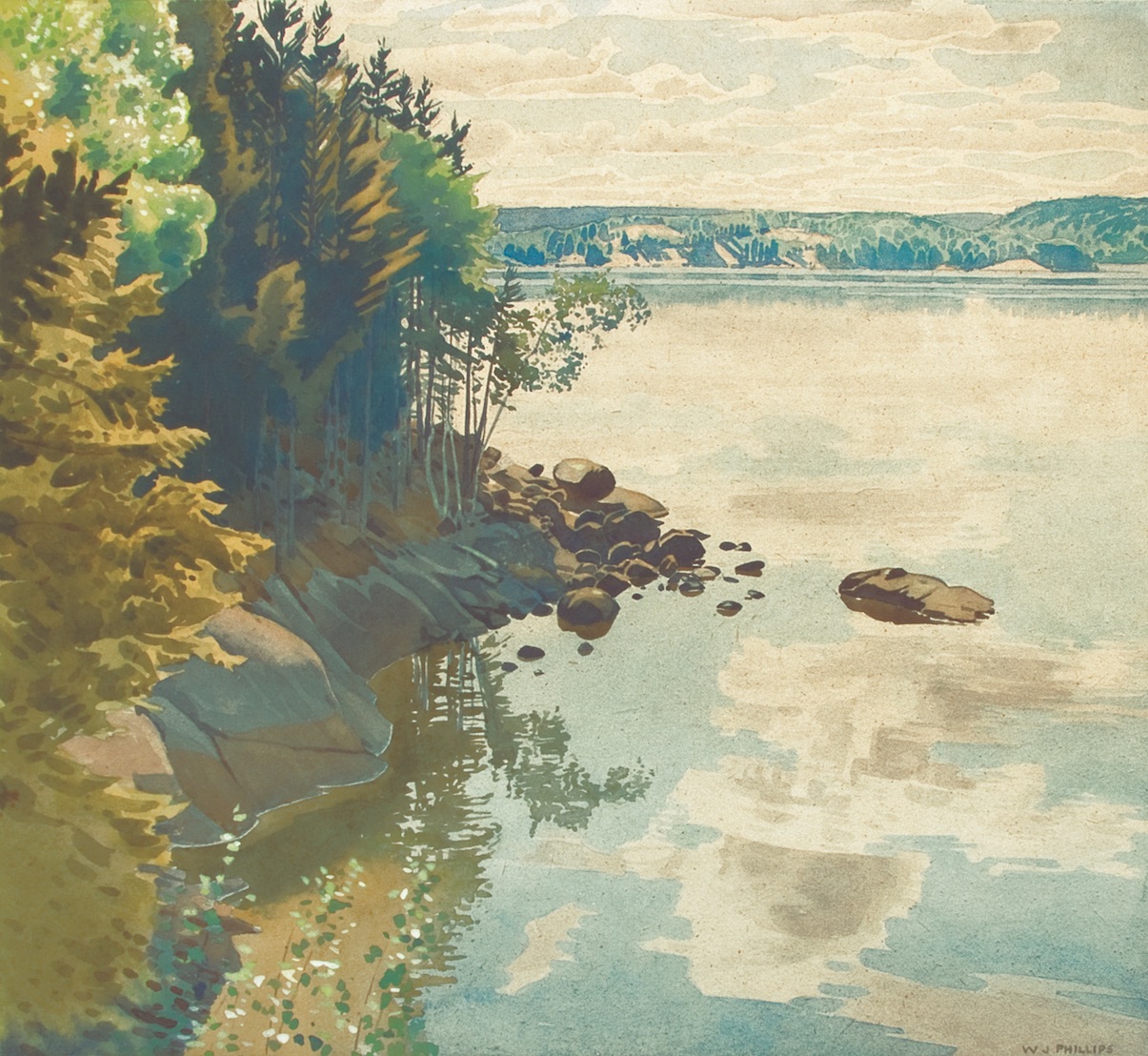

















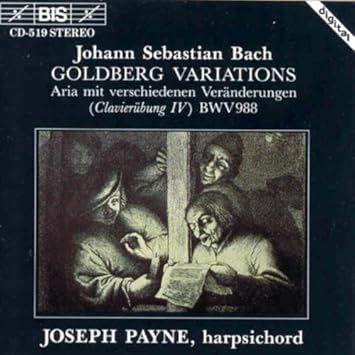 So the question is, what constitutes a viable playlist for the insomniac? The objective is to somehow induce rest, if not sleep. The Goldberg Variations are familiar to most people who like classical music. There are many, many recorded versions of the work! Some are more exciting than others. I am not sure that listening to the two extraordinary recordings (1955 and 1981) of the work by Glenn Gould would be that relaxing. In fact, they make for pretty exciting listening. My preference for the purpose at hand is a version played on the harpsichord, the quieter the better. For this purpose, volume control comes in handy. My preference is Joseph Payne’s 1991 recording on
So the question is, what constitutes a viable playlist for the insomniac? The objective is to somehow induce rest, if not sleep. The Goldberg Variations are familiar to most people who like classical music. There are many, many recorded versions of the work! Some are more exciting than others. I am not sure that listening to the two extraordinary recordings (1955 and 1981) of the work by Glenn Gould would be that relaxing. In fact, they make for pretty exciting listening. My preference for the purpose at hand is a version played on the harpsichord, the quieter the better. For this purpose, volume control comes in handy. My preference is Joseph Payne’s 1991 recording on 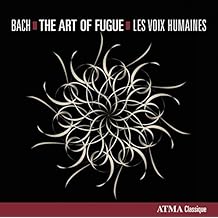 Staying with Bach for a moment, my next choice would be a recording of his
Staying with Bach for a moment, my next choice would be a recording of his 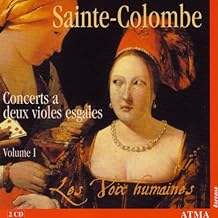 There is something mesmerizing about the sound of a consort of viols, even a mere pair of viols, and fortunately, there is quite a large repertoire of music for two or more viols. Staying with Les Voix Humaines,
There is something mesmerizing about the sound of a consort of viols, even a mere pair of viols, and fortunately, there is quite a large repertoire of music for two or more viols. Staying with Les Voix Humaines, 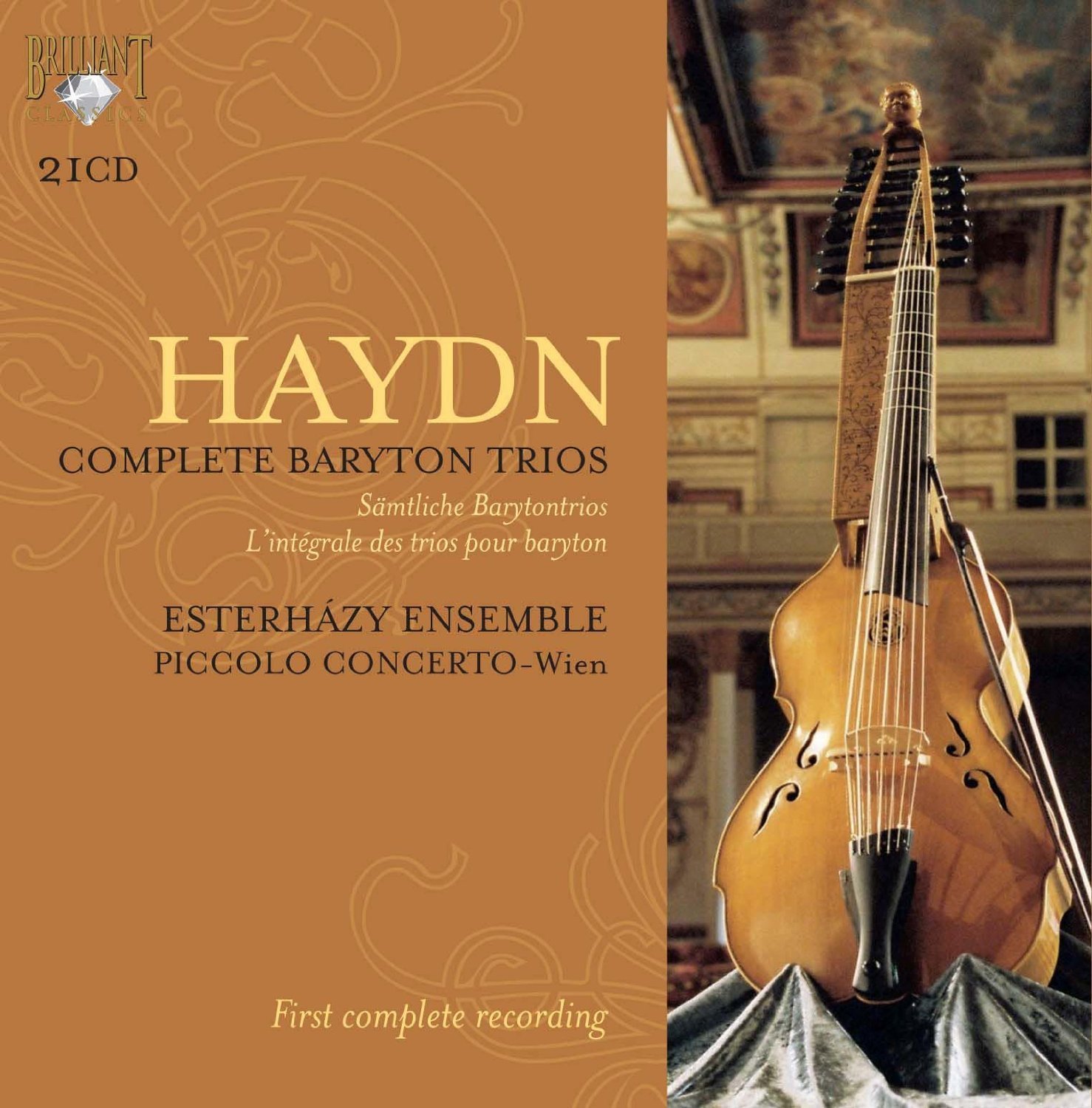 A contemporary relative of the viola da gamba was the
A contemporary relative of the viola da gamba was the  In the same period that Haydn composed his music, during his short life Mozart also wrote some night music, but his brilliant Eine Kleine Nachtmusic, K. 525 (1787) is a little too energetic for our purposes. For something a bit more suitable, his music for Basset Horns will do admirably. I am fortunate enough to have a 1986 recording of such music played by the Cleveland Symphony Winds (CBS Masterworks M2K42144). What is particularly marvellous about this recording is that the various notturnos and divertimentos are arranged in programs where the notturnos (sung by male or female voices with basset horn accompaniment) alternate with the instrumental divertimentos, usually scored for three basset horns. While I don’t advise vocal music to put you to sleep, lullabies notwithstanding, this would at least relax you. There are a few other Notturnos by Mozart, but they are actually quite boisterous affairs, suitable for a very civilized evening garden party.
In the same period that Haydn composed his music, during his short life Mozart also wrote some night music, but his brilliant Eine Kleine Nachtmusic, K. 525 (1787) is a little too energetic for our purposes. For something a bit more suitable, his music for Basset Horns will do admirably. I am fortunate enough to have a 1986 recording of such music played by the Cleveland Symphony Winds (CBS Masterworks M2K42144). What is particularly marvellous about this recording is that the various notturnos and divertimentos are arranged in programs where the notturnos (sung by male or female voices with basset horn accompaniment) alternate with the instrumental divertimentos, usually scored for three basset horns. While I don’t advise vocal music to put you to sleep, lullabies notwithstanding, this would at least relax you. There are a few other Notturnos by Mozart, but they are actually quite boisterous affairs, suitable for a very civilized evening garden party. It seems natural to link insomnia with nighttime, and in a musical context, it is the Nocturne (Notturno) that first comes to mind when thinking of night music. As a rule, a nocturne will be quiet and slow. The Romantic period provided music lovers with splendid nocturnes, of which 16 were composed by the Irish musician John Field between 1812 and 1836. Well known as a performer in his time, Field seems to have originated the Nocturne as a composition for solo piano. Field’s Nocturnes were much admired by his more famous contemporary, the Polish musician Frédéric Chopin, who would write 21 Nocturnes between 1827 and 1846. Both Field’s and Chopin’s Nocturnes are perfect music for the insomniac. Lots of recordings of the Chopin Nocturnes. I have had Daniel Barenboim’s interpretations for years, but have found much delight in a recent recording found on Spotify by
It seems natural to link insomnia with nighttime, and in a musical context, it is the Nocturne (Notturno) that first comes to mind when thinking of night music. As a rule, a nocturne will be quiet and slow. The Romantic period provided music lovers with splendid nocturnes, of which 16 were composed by the Irish musician John Field between 1812 and 1836. Well known as a performer in his time, Field seems to have originated the Nocturne as a composition for solo piano. Field’s Nocturnes were much admired by his more famous contemporary, the Polish musician Frédéric Chopin, who would write 21 Nocturnes between 1827 and 1846. Both Field’s and Chopin’s Nocturnes are perfect music for the insomniac. Lots of recordings of the Chopin Nocturnes. I have had Daniel Barenboim’s interpretations for years, but have found much delight in a recent recording found on Spotify by  Maybe just reading this soporific text has already put you to sleep, but there are a couple of more contemporary works I have to mention. A number of years ago, I became intrigued by Federico Mompou’s
Maybe just reading this soporific text has already put you to sleep, but there are a couple of more contemporary works I have to mention. A number of years ago, I became intrigued by Federico Mompou’s 